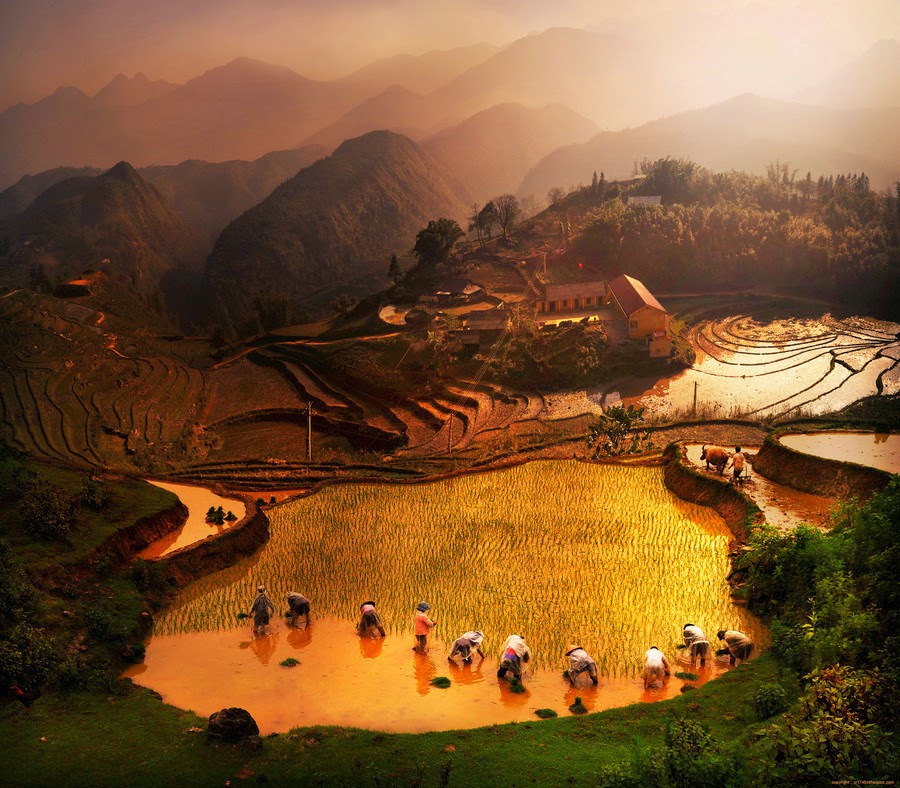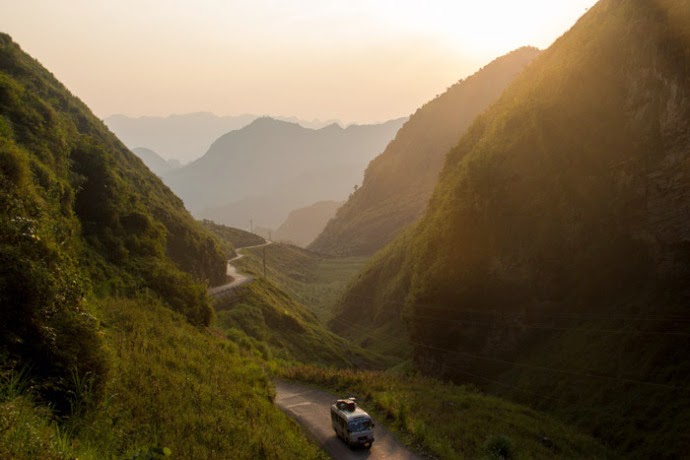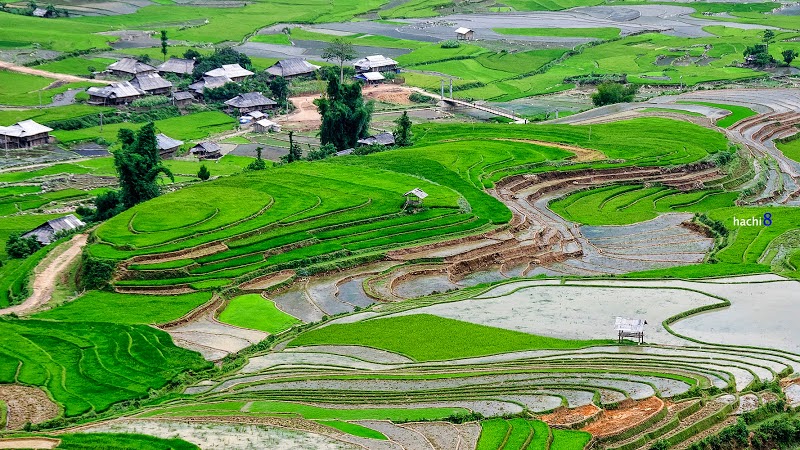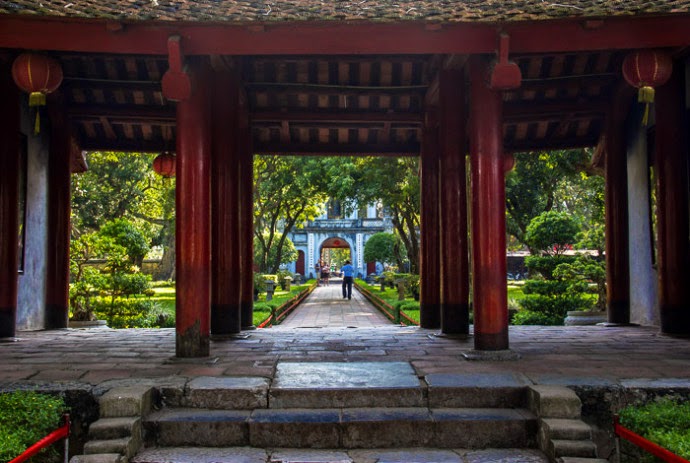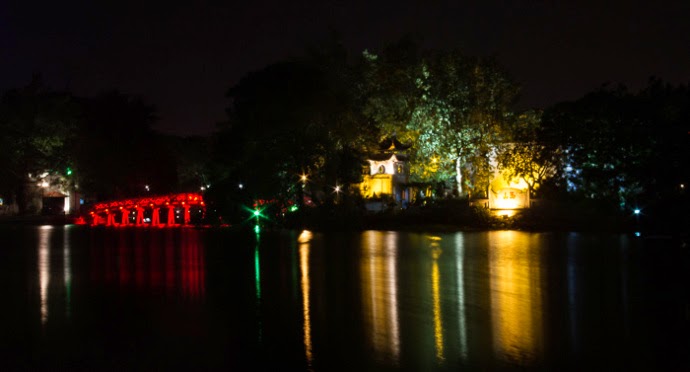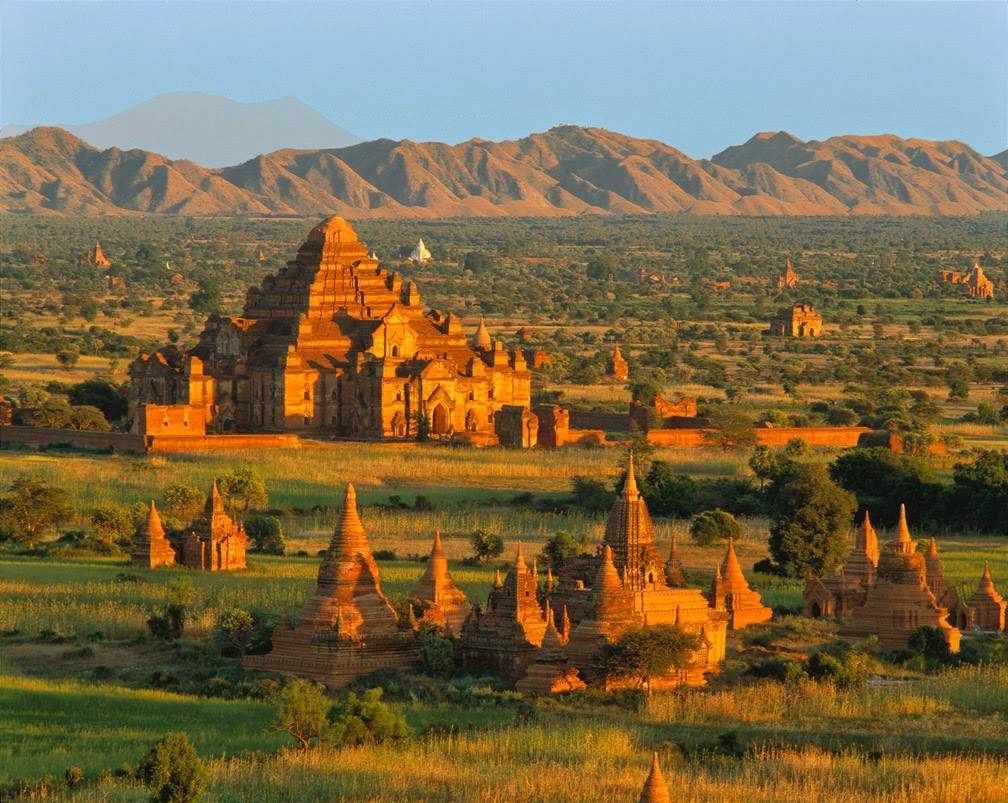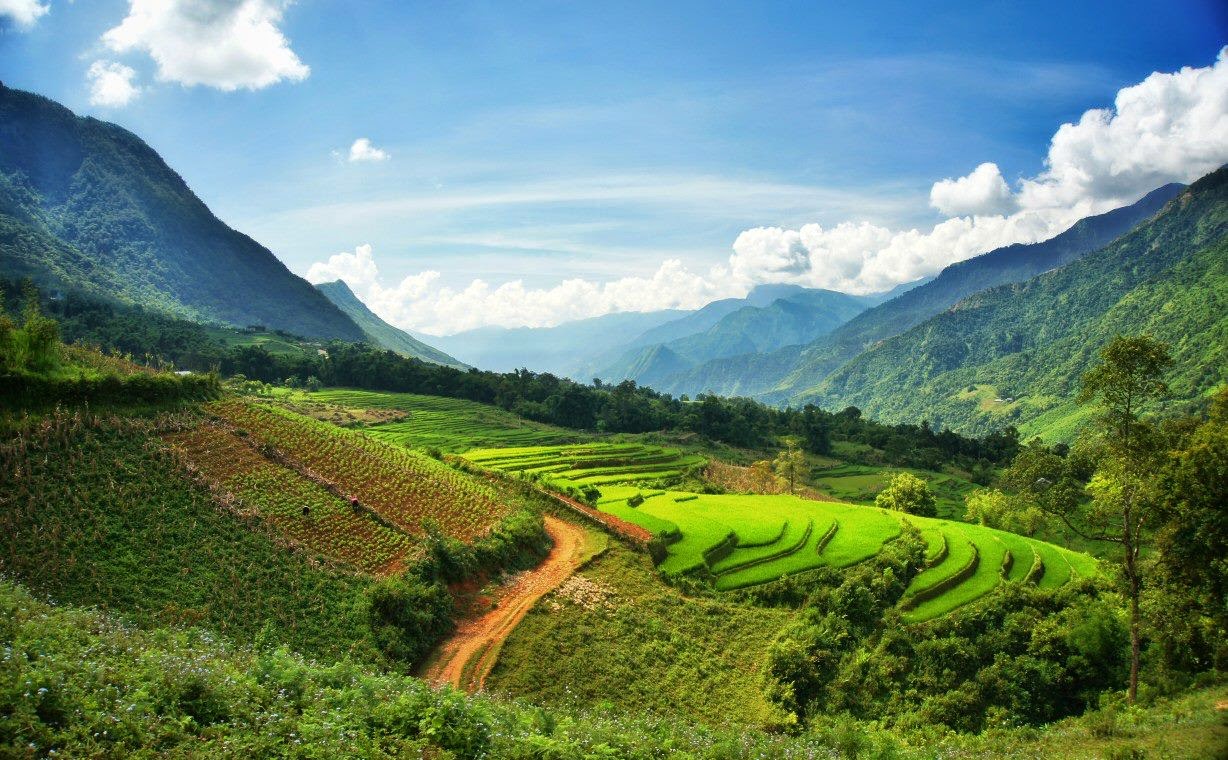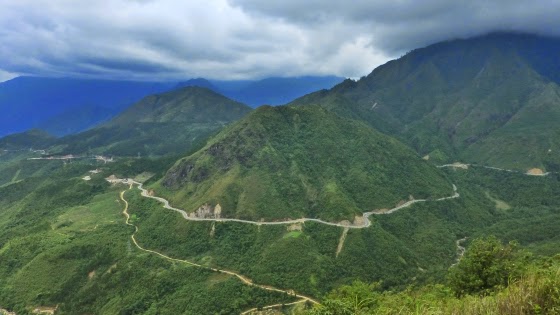By Asha and Ryan
Back in Melbourne, we were always big fans of Vietnamese rolls, whether it was vietnam roast chicken rolls with pockets of eye-watering chillies from Jenny’s Hot Breads in Camberwell, pate-filled deliciousness from Johnston street, pork meatball rolls from that joint near Barkly square or bbq pork from Sunny’s on Smith St. All super fresh, with crunchy baguettes and delicious fillings – and usually costing less than $3.
Well, Vietnam did not let us down, especially in Ho Chi Minh (or Saigon, or whatever) which seemed to be the capital for vietnamese rolls (called Banh Mi). The rolls are often sold from street vendors, but it is best to get them straight from the bakery itself.
Banh Mi Vietnam
Our typical Banh Mi experience was this: a fresh, crusty rolled, cut and spread with a lard/butter/something yellow, and then spread with pate, stuffed with three different types of pork meat (yay for mystery meats), along with pickled carrot and other vegetables, chilli, coriander, chilli sauce and a dash of fish sauce. That normally costs around 10,000 dong (50 cents).
I think its silly to judge a food culture by what its very best dishes are – i think you need to look at the quality of the everyday, easily available street food because that is the real food culture, and in this regard Vietnam was amazing.
Roll your own fresh spring rolls
Fried spring rolls are great, but good fresh spring rolls are even better. And having all of the ingredients brought to the table so you can add whatever you want and roll it up – well, you just made Asha’s day. Fresh spring rolls – in particular some we had in Hanoi – are just amazing. Take a piece of rice paper, add some beef pan-fried in lemongrass, vermicelli noodles, pineapple (yep pineapple – it was a revelation), lettuce, vietnamese mint, chilli and heaps of other unnamed herbs and roll tightly. Dip into a sweet, fishy dipping sauce and put that glorious thing in your mouth!
Cheap Beer (Seriously, freakishly cheap)
Cans and bottles of beer in Vietnam are cheap enough, but draught beer (beer on tap) is ridiculously so. Even at some tourist restaurants you can get a large glass of cold draught beer for 3000 dong (thats about 15 cents). And the beers aren’t bad – sure, the gas coming of the 15 cent a glass stuff might have a eggy scent to it – but you get over that.
Our favourite Vietnamese beers included the super cheap Saigon (Asha favourite), Bia Ha Noi (which I was warned by a fellow traveller had given him the squirts, “i think they use dodgy water” he said, but i had no troubles with it), Larue – actually there seemed to be a beer named after each significant place in the country. Its hot, its humid – the conditions where light tasting beers like these do there best work.
We were also surprised at Vietnam’s drinking culture – or that there was one. But at 5pm on a friday afternoon in Hanoi, its amazing to see hundreds of people sitting on impossibly tiny plastic stools on corners around the old town drinking cold beers and having very loud conversations.
We’d heard our fair share of Vietnam horror stories before we’d even arrived. Tales of complex taxi scams, dodgy hotels, drive-by bag snatching, toddlers picking your pockets etc etc. Although we were a little intimidated by all the stories, we were determined not to be taken advantage of (much). In my opinion things weren’t nearly as bad as people say they are. Either that or we may have just been lucky. That being said we took the usual precautions: My bag was practically stapled and duct taped to my body at all times, we always took legit taxis and monitored the meters with our hawk eyes and generally avoided flashing our fat stacks of cash around for all to see. All in all we came away from Vietnam completely unscathed (or that we know of).
Hotel quality and level of service
Vietnam is light years ahead of Thailand, Cambodia and Laos when it comes to hospitality. So often on this trip asking a question at reception has been met with confused looks or half-hearted responses. In Vietnam it was hard to head out the door without first being made to debrief the hotel staff on what we were doing, so they could show us the best way to get there, give us tips on what to see, and make sure we had a map and knew to watch out for bag-snatchers. So many times the staff would go out of there way to help us with our travel plans (at one hotel, the doorman rode his motorbike behind our taxi to the train station, organised our tickets, and then took our bags onto the train to make sure we got into the correct cabin). Its great to return to your hotel at the end of the day to find two smiling staff members in reception who seem genuinely pumped that you have returned, with beaming smiles and plenty of questions about your day.
Added to this was the quality of the hotels. We have spent on average $20 a night on accommodation between us, and in Vietnam this gets you a much nicer room than in Laos or Thailand. Everywhere we stayed was great.
Coffee
The coffee in Vietnam is not for the faint hearted. It’s thick, black, strong and very caffeinated. And we love it.Coffee is made using individual metal filters placed over the cup. The ground coffee and water is placed in the top and the coffee slowly drips through (see more here via this sassy video). If you like your coffee with milk, the Vietnamese will throw in a generous dollop or two of condensed milk, which is probably the only substance that’s able to penetrate the concentrated coffee sludge. The bean itself has a distinctive vanilla smell to it that you really can taste in the finish product.Thats it really – we loved
travelling Vietnam.









